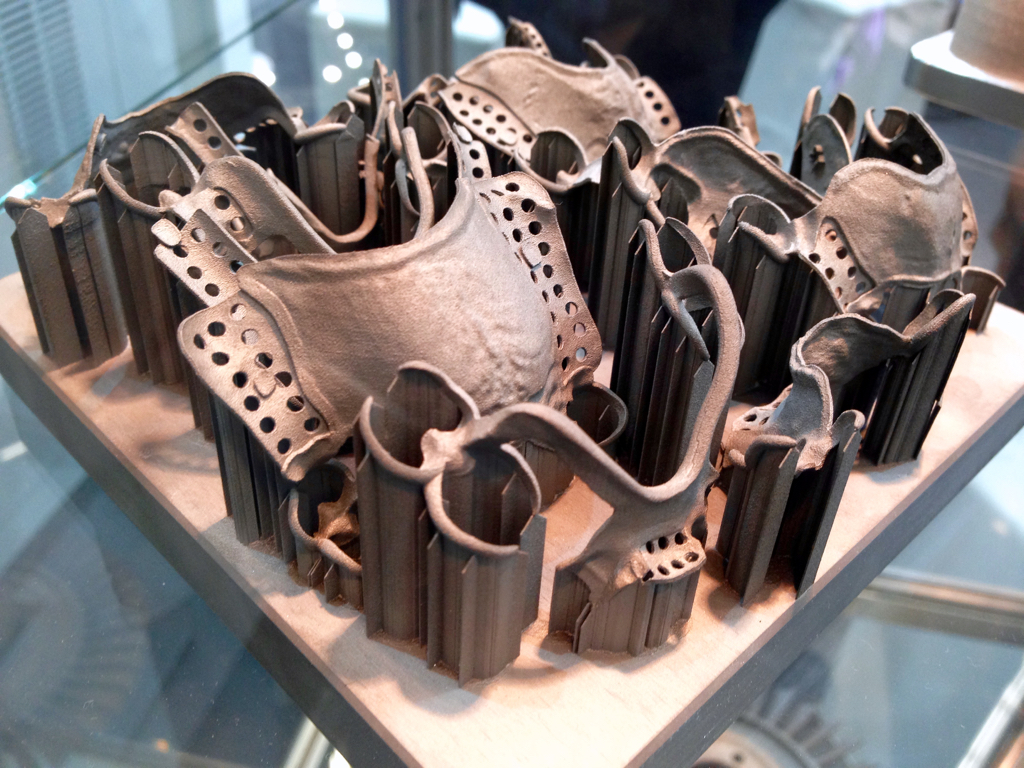
3D print technology has been in existence for decades, but it can’t do everything. There are things it is good at, and others it isn’t good at doing.
At first glance, one would think 3D printing could be used for virtually anything, like the amazing – but fictional – Star Trek replicators of TV fame. While 3D printers might superficially resemble such technology, the truth is that they are quite different. Today’s 3D printing technology can do some amazing things, but there are still many significant constraints.
Within those constraints people have identified – and proven – certain use cases that actually provide significant benefit. This has taken literally decades of exploration, but now we find a set of applications for 3D printing that work. Here’s a list of them:
Prototyping: This was perhaps the original application of 3D print technology, the ability to create a rough representation of a product or part for examination before it was “really” manufactured by “proper” manufacturing processes, which tend to be very expensive to produce prototypes. This use case has dramatically sped up the development of products in many industries.
Custom Jewelry: The jewelry business is filled with independent organizations, each competing with each other for customer attention. By producing custom products, typically with wax 3D prints that are then cast into metal, such organizations can quickly create incredibly detailed and unusual jewelry items.
Personalized Medical Prints: There’s nothing more personal than something that’s intended to fit into your body, and that’s the perfect application of 3D printers: unique one-time-only prints. Typically this includes dental appliances, metal hip joints, amputee limb fairings and more.
Aerospace Components: The aerospace world combines several requirements and factors that make it an industry just right for 3D printing. 3D printing of complex structures with far fewer joints increases reliability and function while reducing weight. And the fact that aerospace components are priced reasonably high means that 3D printing can fit well into the aerospace envelope.
Short Run Manufacturing: There’s a point where mass manufacturing makes financial sense, and that’s when the number of items to produce begins to pay off the one-time cost to set up the mass manufacturing process. But if you’re producing fewer items than that, you might use 3D printers to produce “short runs” of your item. It could be cheaper than mass manufacturing. Evidently industry thinks so, as we’re seeing increasing numbers of 3D print services specifically focusing on short run manufacturing.
“Thrill” Prints: This is a strange catch-all category that we think represents personal 3D prints that have no purpose other than to “thrill” the recipient. People will pay considerable sums to obtain a 3D printed color figurine of themselves, their family or even their pet, for example. In other cases, people might buy a desktop 3D printer to print plastic dragons or similar items – and they’re thrilled to do so.
These and similar usage patterns are applications of 3D print technology that are known to work, as they provide value to the user beyond the cost of 3D printing operations.
Are there other things that can be done with 3D printers? Certainly, but they may not have demonstrated a clear business case and thus may not become a mainstream 3D print application for many organizations and individuals.
This list is likely to change as new developments occur in 3D printing technology. If some constraints were smashed, then new applications of the technology could become possible.
That will happen.

